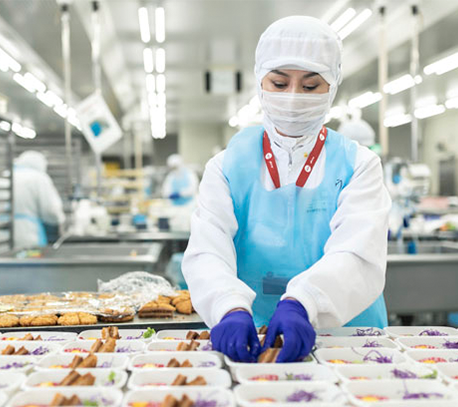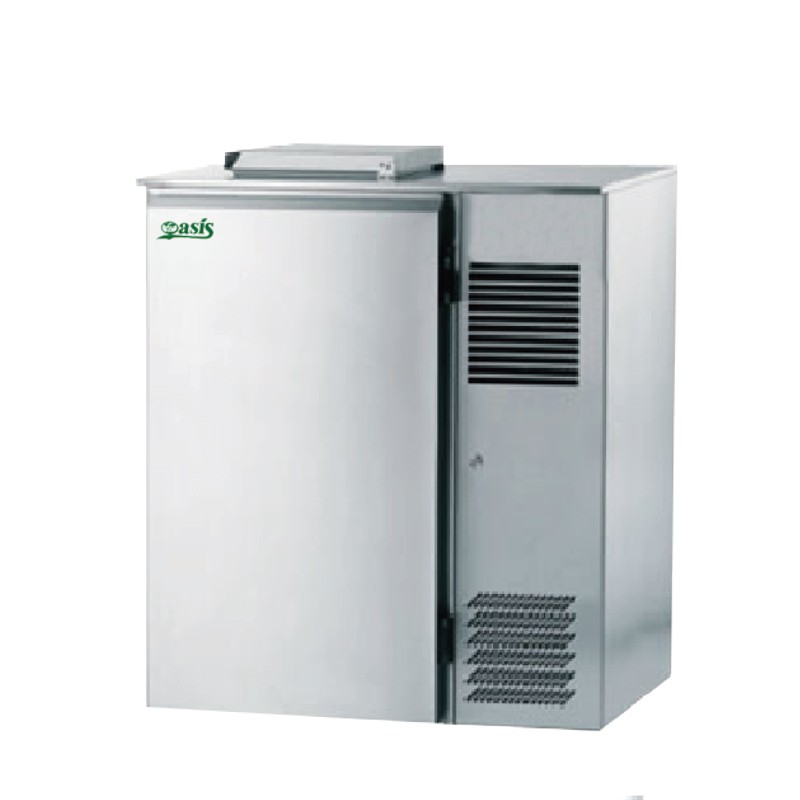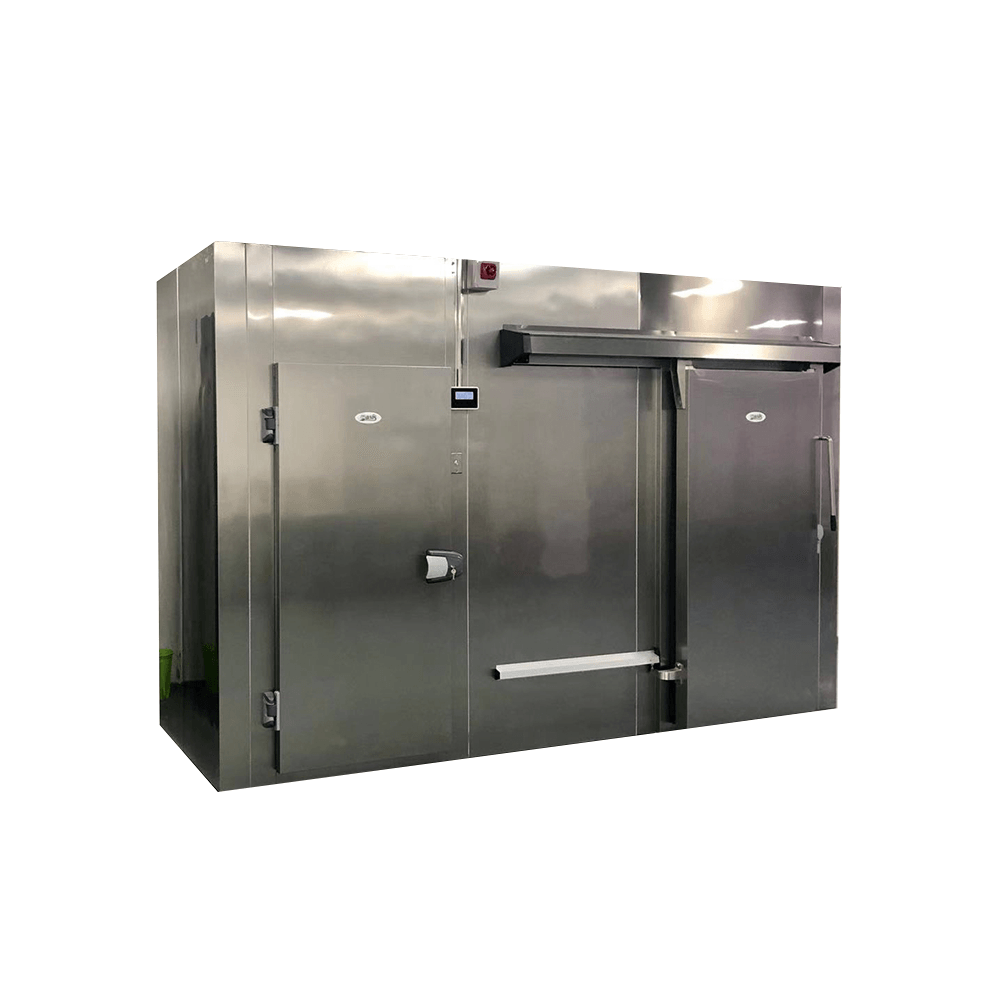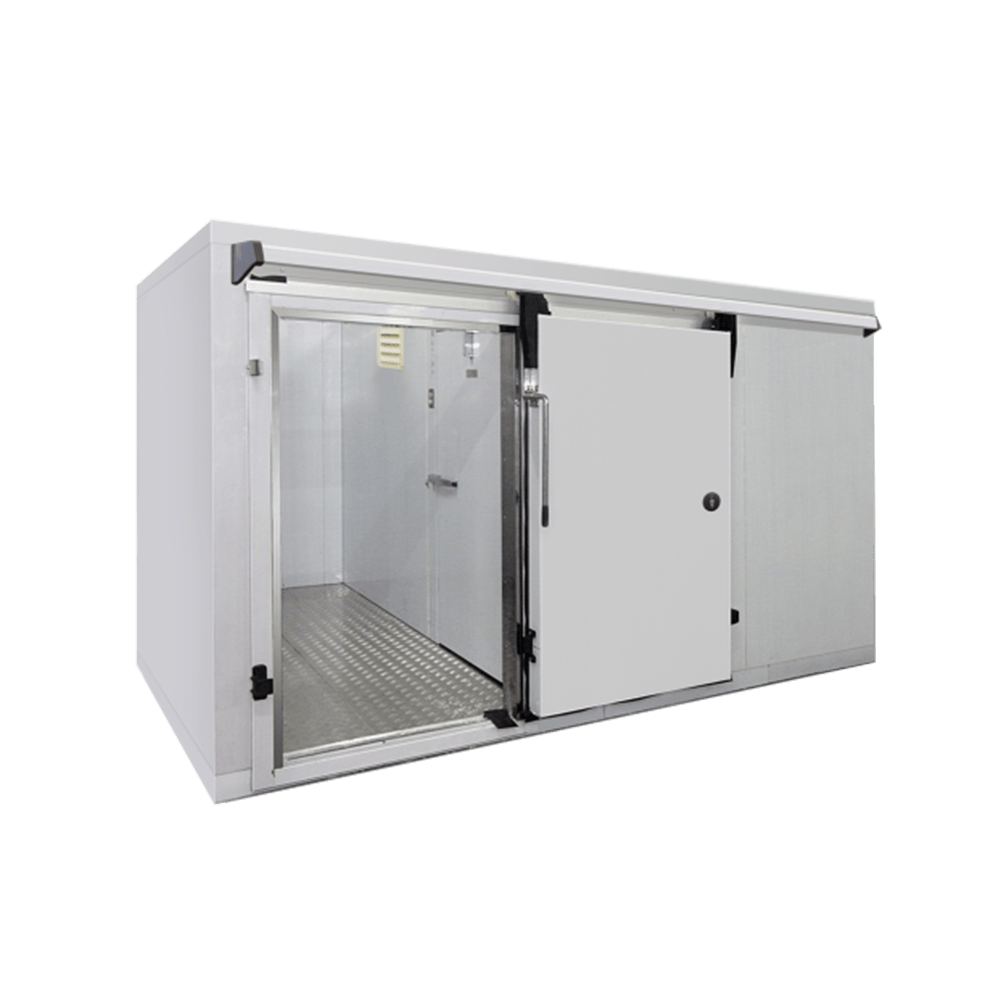Airline meal
Refrigerators for Airline meal
Like most catered meals, meals prepared for airlines are made well in advance of when they’ll be consumed. As a general practice, most airline caterers prepare food for flights by fully cooking them. Once the food is cooked, they’re chilled right away and packed away for delivery. This means that caterers are preparing food approximately eight hours before a flight’s departure time. The airline will then have 72 hours to serve the food.
Catering for large numbers of people is a tricky business in any situation—but taking your catering to the skies adds an even greater challenge. It’s a big job making sure everything that needs to be cold stays chilled, and that everything hot is just the opposite.
-

Airline meal assembly
During the processing of aviation meals, in order to prevent the growth of pathogenic microorganisms, food packaging, assembly, and cold food production should be carried out in a clean -dedicated workshop. Cold chain food should control the environmental temperature and operation time as required. If the environmental temperature of the operation room is lower than 5 ° C, the operation time is not limited; the environmental temperature of the operation room is at 5 ° C ~ 15 ° C (including), the time of the refrigeration library of the food must be controlled within 90 minutes after the operation is completed.
-

Airline meal distribution
The meal from the transition cold storage to the flight delivery does not exceed 24 hours. The delivery process of the meal in summer and autumn will turn on the refrigerator air conditioner and place dry ice in the small dining car to fully maintain the refrigerated temperature of the meal. According to the flight dynamics, two hours before the flight is expected to be assembled in accordance with the airline's tableware and meals.
-

Raw material storage
The primary meals purchased by the aviation food company will be frozen or refrigerated in the cold storage. Aviation foods are mostly vegetables. In order to achieve fresh storage, aviation food companies ensure the freshness of food raw materials through low temperature refrigeration. Fresh frozen freshness is a fast -rise food preservation method in recent years. It has a unique role in extending storage preservation and reducing losses.
Application Principle
These airline meals vary widely in quality and quantity across different airline companies and classes of travel. They range from a simple snack or beverage in short-haul economy class to a seven-course gourmet meal in a first class long-haul flight. The types of food offered also vary widely from country to country, and often incorporate elements of local cuisine, sometimes both from the origin and destination countries.
-

Intelligent control system
01The unit will be complex freezing control system integrated in the unit, integrated module combination or centralized control, library temperature control, intelligent defrosting, electronic fuzzy control, intelligent debugging, fault self-diagnosis and intelligent operation management tips and other powerful functions.
-

Excellent quality
02Beautiful cold storage appearance, the use of high quality materials, accessories selection of international famous brands, to create strict control process, to ensure high quality products.
-

Convenient installation
03Easy installation without senior installation technician, reduce installation cost.








